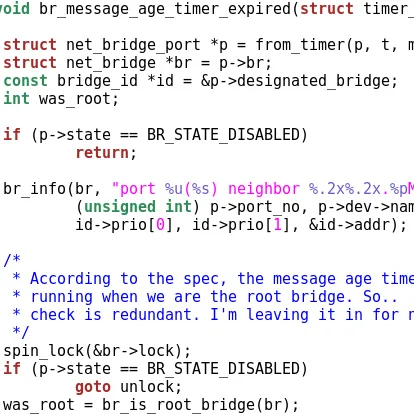Webboot Is Becoming Quite Useful For Quickly/Easily Booting ISOs From The Web

Webboot was announced at the Open-Source Firmware Conference 2019 while at last week's OSFC 2020 the developers were providing an update on its many improvements over the past year. Webboot is part of the Golang-based U-Root and used with LinuxBoot. Webboot is intended to allow having multiple live ISOs on a single USB boot and similar scenarios where you may want to quickly and easily fetch and boot new Linux ISOs.
Webboot consists of a text-based user interface, does not require much in the way of configuration with trying to automatically handle the addition/removal of ISOs to the USB media, and passing of proper kernel parameters depending upon the distribution / operating system to allow for a successful kexec'ed boot process.
Webboot has seen a much improved user experience since 2019 thanks to the user interface work, support for configuring WiFi connections within Webboot, better persistent storage options, and more. Moving into 2021 they plan to see more Linux distributions working nicely with Webboot, allow for ISO checksum handling, and other features.
More details on Webboot via the OSFC 2020 presentation (PDF). The Golang code to Webboot is hosted via U-Root on GitHub.
17 Comments

